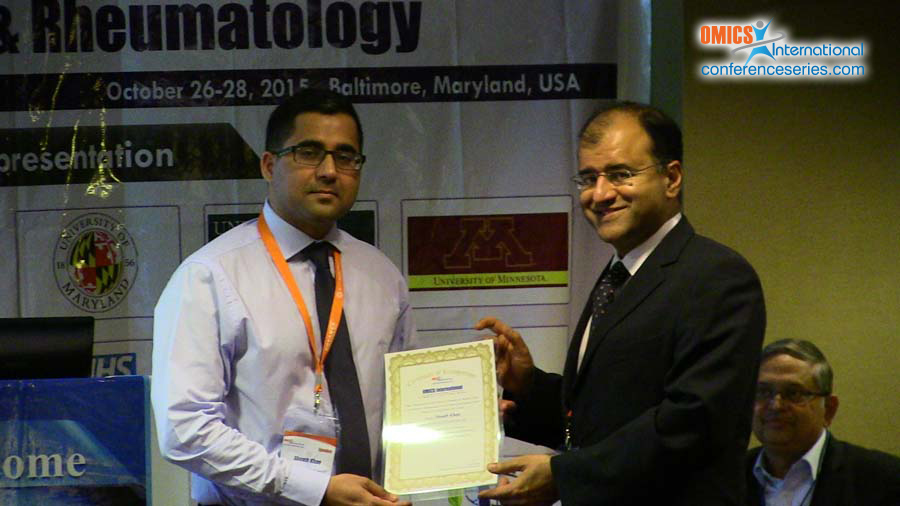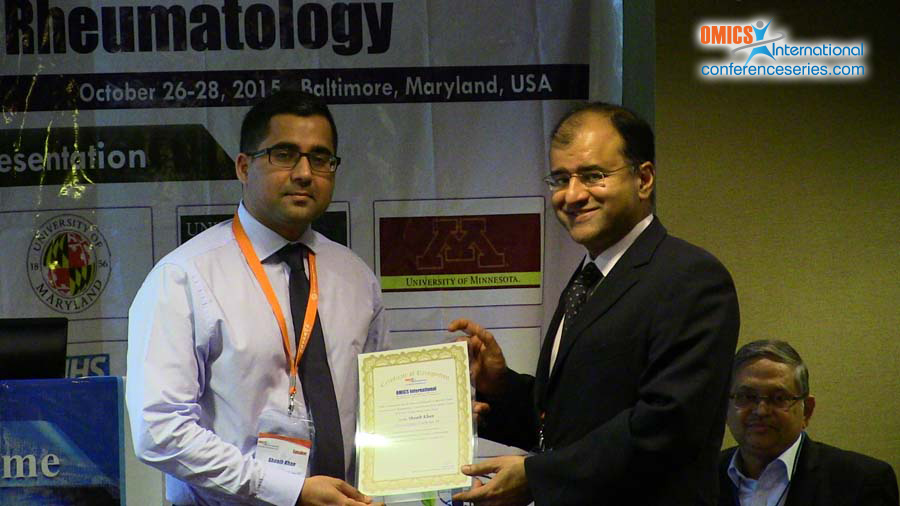
Shoaib Khan
University Hospital of North Tees, UK
Title: Radiological evaluation of the rate of interbody fusion using posterior/transformainal interbody fusion with a missed screw technique
Biography
Biography: Shoaib Khan
Abstract
Abstract: Objective: Posterior or Transforminal Interbody fusion has been performed for about 7 decades to treat degenerative lumbar spine disease. The aim of our study is to evaluate the rate of interbody fusion using posterior or lumbar interbody fusion with a missed screw technique. In our study, Interbody fusion was performed at two levels with no intervening screw at the middle vertebral pedicle. Methods: The study involved retrospective radiological analysis of PLIF/TLIF performed at two levels with a missed screw technique in Forty patients. The radiographs were assessed independently bya Consultant Radiologist and a Spinal Surgeon both commenting on fusion rate using Brantigan-Steffee fusion criteria. The criteria include a denser and more mature bone fusion area than originally achieved at the time of operation, no interspace between the cage and the vertebral body, and mature bony trabeculae bridging the fusion area. The procedures were performed by one Spinal surgeon. Results: In our study of 40 patients, we had 24 males and 16 females with an average age of 44.7 years in both groups. The main indication of performing Interbody fusion was degenerative lumbar spine disease. Fusion procedures were performed over a period of 3 years and 6 months from July 2009 to Jan 2013 with an average follow up of 19.8 months. Radiographs as independently reviewed by Radiologist and Spinal surgeon revealed that 29 patients were fused at both levels, one level was fused in 3 patients (L4/5 in 2 patients and L5/S1 in 1 patient), two patients did not have adequate follow to comment on fusion and non fusion was found in six patients Conclusion: Our study concluded that it may not be necessary to insert a screw at the middle vertebral pedicle while performing PLIF/TLIF at two levels.


